Side Effects Of Heating Food In Plastic Containers
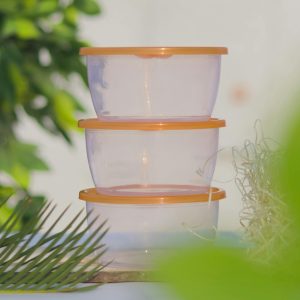 You plan and make your meals ahead and pack them in plastic containers. All you have to do is heat and serve. One problem people in Fort Lee, NJ, often ask is whether there are side effects from heating food that way. It’s certainly convenient. It all depends on the type of plastic and whether it’s microwave safe or if the plastic contains BPA, PET, or bisphenol-S—BPS.
You plan and make your meals ahead and pack them in plastic containers. All you have to do is heat and serve. One problem people in Fort Lee, NJ, often ask is whether there are side effects from heating food that way. It’s certainly convenient. It all depends on the type of plastic and whether it’s microwave safe or if the plastic contains BPA, PET, or bisphenol-S—BPS.
What is BPA?
BPA stands for Bisphenol-A. PET stands for polyethylene terephthalates. BPS is the acronym for bisphenol-S. These are chemicals that are concerning. Plastic containing BPA was banned in 2013 from making packaging for infant formulas. At one time, most cans were lined with BPA plastic, but today, 95% are BPA-free. PET was in single-use water bottles. It’s BPA-free but has problems of its own. These plastics leach out the BPA and PET when heated. That allows the carcinogenic, neurotoxic, endocrine-disrupting chemicals to enter the food.
What other problems come from heating food in the wrong type of plastic containers?
Some chemicals that may leach into food when heating containers. Those chemicals may interfere with the biological hormone receptors. It can cause low birth weight when ingested by pregnant women. It can affect fertility, pose an increased risk for breast cancer, and stunt brain development in children. Some have long-lasting effects even when low doses are ingested. Since many chemicals used are endocrine disrupters, it increases the risk of diabetes, reproductive problems, metabolic disorders, obesity, and reproductive issues.
Look for the symbols or words for reassurance.
If the plastic says microwave-safe, has a microwave icon, or the words microwavable, they’re safe for use. They’re made to stand up to the microwave heat with minimal leaching. If the plastic has a recycling code 1, 2, 3, or 5, you can use it to heat supper. It’s heat stable and may not leach the chemicals into food. Don’t heat the plastic with recycling numbers 3, 6, or 7 in the microwave.
- If you have concerns, transfer your food to a glass dish before microwaving it. Don’t use plastic wrap on food in the microwave. Check take-out containers before reheating food.
- Never use old, scratched, or cracked containers. If you’ve microwaved a container several times, it may be time to retire it. Leave the lid slightly ajar to vent. Don’t let the lid press on the food.
- Instead of reusing plastic water bottles, get a metal or glass water bottle to refill. If the plastic container has a 7, without the letters PLA or a leaf symbol, it may contain BPA.
- Microwaving isn’t the only thing that causes the plastic to become more unstable. Putting them in the dishwasher also can. Storing fatty foods in them also can create similar issues.
For more information, contact us today at VIP Fitness Center

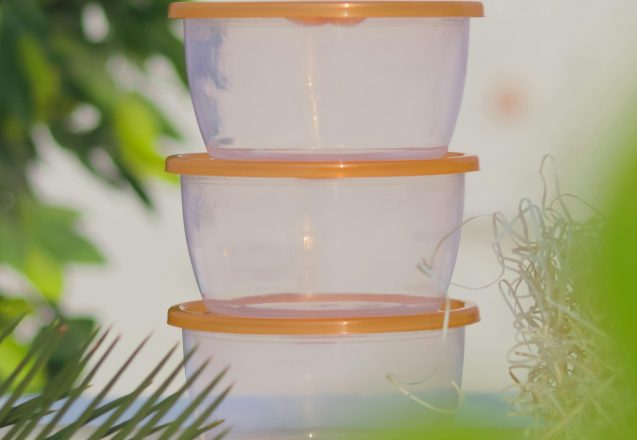
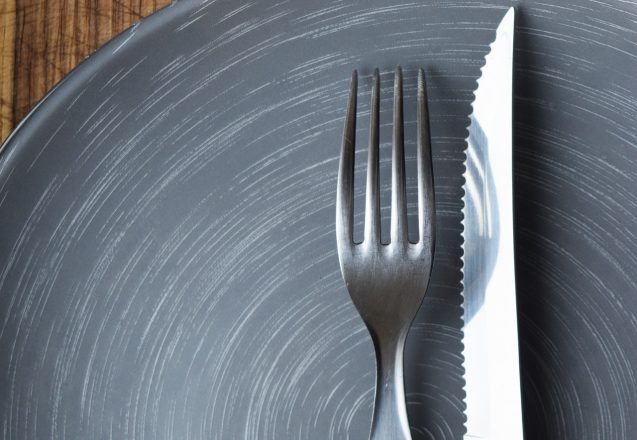
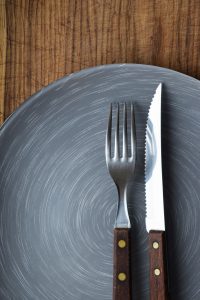 Fasting is a general term for many ways of consuming or not consuming food. There are water fasts that can last for days and intermittent fasting that may last a few hours. Some of these may affect your metabolism negatively, while others may have a positive effect. What is the difference in how the body reacts? It all depends on whether you’ve reached starvation mode and how restrictive it is.
Fasting is a general term for many ways of consuming or not consuming food. There are water fasts that can last for days and intermittent fasting that may last a few hours. Some of these may affect your metabolism negatively, while others may have a positive effect. What is the difference in how the body reacts? It all depends on whether you’ve reached starvation mode and how restrictive it is.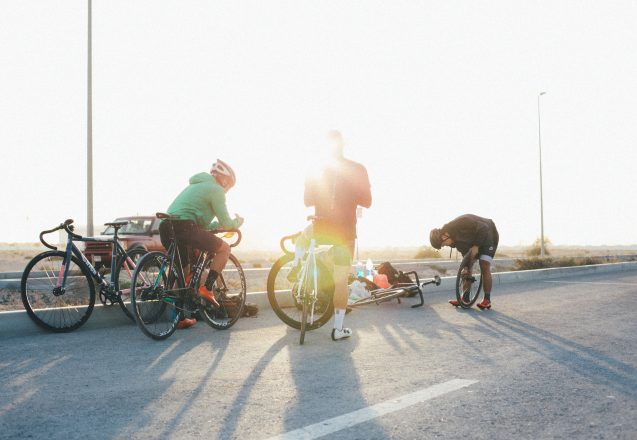
 It’s an inspiring experience watching the leaves change while cycling outdoors in Fort Lee, NJ, in the fall. You’ll experience the refreshing breeze and the palette of colors whether you take the shorter Edgar Felix Memorial Bikeway or push yourself to the limit on the Delaware and Raritan Canal State Park Trail. Biking outdoors is more limited once the snow starts to fall. That’s when indoor cycling becomes more popular. Each has its benefits. Here are some tips to help maximize your experience.
It’s an inspiring experience watching the leaves change while cycling outdoors in Fort Lee, NJ, in the fall. You’ll experience the refreshing breeze and the palette of colors whether you take the shorter Edgar Felix Memorial Bikeway or push yourself to the limit on the Delaware and Raritan Canal State Park Trail. Biking outdoors is more limited once the snow starts to fall. That’s when indoor cycling becomes more popular. Each has its benefits. Here are some tips to help maximize your experience.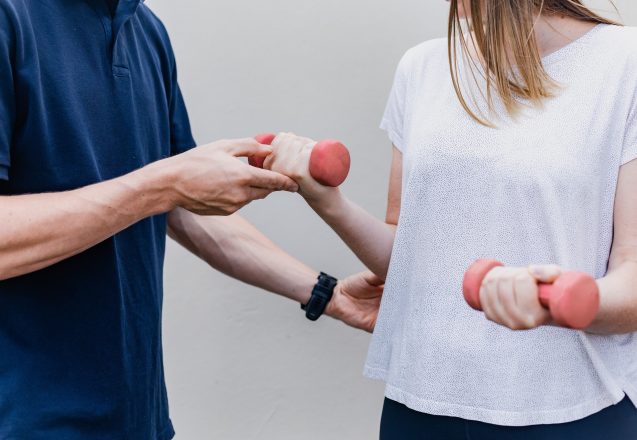
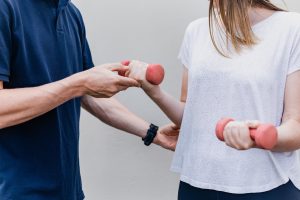 At VIP Fitness, we use strength training to benefit both men and women. While some women worry they’ll build bulging Hulk-like muscles. Nothing could be further from the truth. Female hormones prevent bulking up. Women bodybuilders have a grueling workout and strict diet to build their muscles. Some even take it a step further using chemical methods.
At VIP Fitness, we use strength training to benefit both men and women. While some women worry they’ll build bulging Hulk-like muscles. Nothing could be further from the truth. Female hormones prevent bulking up. Women bodybuilders have a grueling workout and strict diet to build their muscles. Some even take it a step further using chemical methods.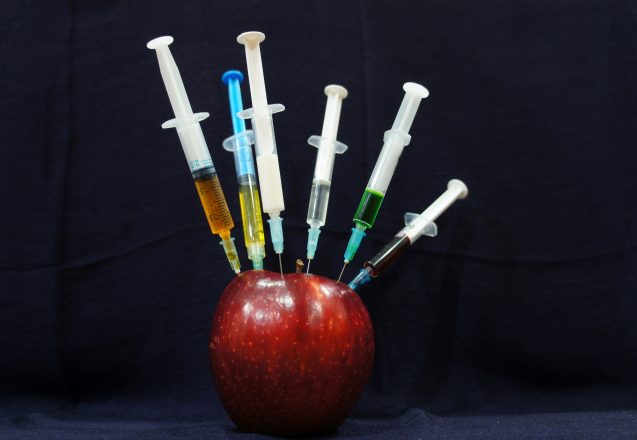
 There are two types of steroids, anabolic-androgenic—AAS and corticosteroids. Both are beneficial for treating some medical conditions. Corticosteroids fight inflammation. Anabolic-androgenic steroids help people with diseases that cause tissue wasting, such as cancer and AIDS. Anabolic androgenic are also considered performance-enhancing drugs. These drugs are synthetic testosterone. Their use comes with dangers that far outweigh their benefits when not used for medical reasons but to build muscle artificially and improve physical prowess.
There are two types of steroids, anabolic-androgenic—AAS and corticosteroids. Both are beneficial for treating some medical conditions. Corticosteroids fight inflammation. Anabolic-androgenic steroids help people with diseases that cause tissue wasting, such as cancer and AIDS. Anabolic androgenic are also considered performance-enhancing drugs. These drugs are synthetic testosterone. Their use comes with dangers that far outweigh their benefits when not used for medical reasons but to build muscle artificially and improve physical prowess.
 If you’re one of the new moms ready to get back to the gym or start a fitness program to eliminate pregnancy fat or strengthen muscles, choosing your workout routine can become a big task. It’s important to remember that no matter what you do, it took nine months of changes to accommodate the baby. Don’t expect it all to reverse in a few weeks. Your body also requires time to heal, so don’t push yourself too hard initially. Start with workouts to strengthen the pelvic floor and pelvic stability.
If you’re one of the new moms ready to get back to the gym or start a fitness program to eliminate pregnancy fat or strengthen muscles, choosing your workout routine can become a big task. It’s important to remember that no matter what you do, it took nine months of changes to accommodate the baby. Don’t expect it all to reverse in a few weeks. Your body also requires time to heal, so don’t push yourself too hard initially. Start with workouts to strengthen the pelvic floor and pelvic stability.
 If you’ve recently been injured, you don’t have to sit in your easy chair nursing a bowl of ice cream or mashed potatoes for comfort. You can stay fit and healthy even if you can’t do your normal workout. It may take some modifications or changing your fitness routine, but it’s possible. Get creative to overcome your limitations while you keep your goal in mind. Always listen to your healthcare professional before starting an exercise program to ensure you won’t exacerbate your condition.
If you’ve recently been injured, you don’t have to sit in your easy chair nursing a bowl of ice cream or mashed potatoes for comfort. You can stay fit and healthy even if you can’t do your normal workout. It may take some modifications or changing your fitness routine, but it’s possible. Get creative to overcome your limitations while you keep your goal in mind. Always listen to your healthcare professional before starting an exercise program to ensure you won’t exacerbate your condition.
 Clients at VIP Fitness in Fort Lee, NJ, tell me the two hardest things to overcome on their road to good health are motivating themselves to start a fitness program and pushing themselves each day to go to the gym. It’s the reason that many people think that getting fit is more mental than it is physical. If your brain can’t convince your body to start exercising, you won’t get any benefits. It takes mental toughness to persuade ourselves that pushing hard and exercising are beneficial. It’s also far too easy to say, “I’ll do it tomorrow.”
Clients at VIP Fitness in Fort Lee, NJ, tell me the two hardest things to overcome on their road to good health are motivating themselves to start a fitness program and pushing themselves each day to go to the gym. It’s the reason that many people think that getting fit is more mental than it is physical. If your brain can’t convince your body to start exercising, you won’t get any benefits. It takes mental toughness to persuade ourselves that pushing hard and exercising are beneficial. It’s also far too easy to say, “I’ll do it tomorrow.”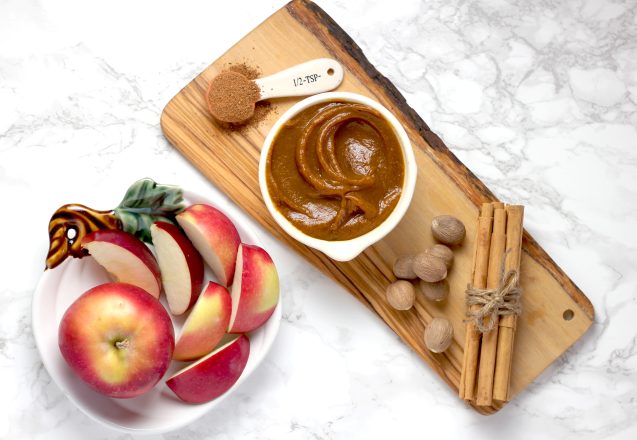
 We help clients at VIP Fitness in Fort Lee, NJ, learn to eat healthier. That includes more than meals. It includes snacks as well. What you eat should give you energy without spiking blood sugar. Food that causes blood sugar to rise rapidly has an aftereffect. It also causes blood sugar levels to drop just as rapidly. The type of snack you eat makes a difference. Eating the right food before exercising can improve the quality of your session and start the recovery process.
We help clients at VIP Fitness in Fort Lee, NJ, learn to eat healthier. That includes more than meals. It includes snacks as well. What you eat should give you energy without spiking blood sugar. Food that causes blood sugar to rise rapidly has an aftereffect. It also causes blood sugar levels to drop just as rapidly. The type of snack you eat makes a difference. Eating the right food before exercising can improve the quality of your session and start the recovery process.